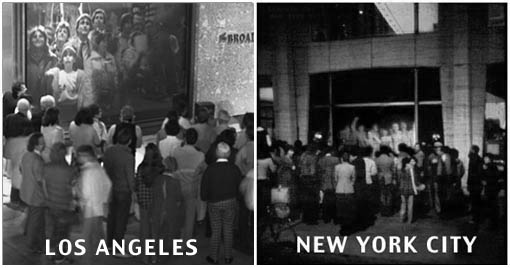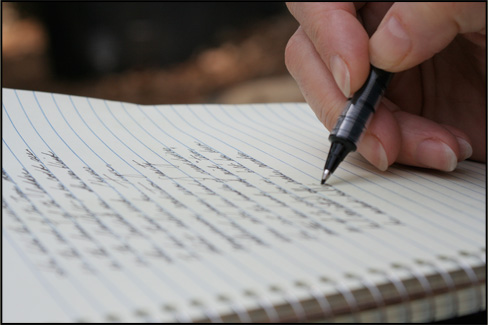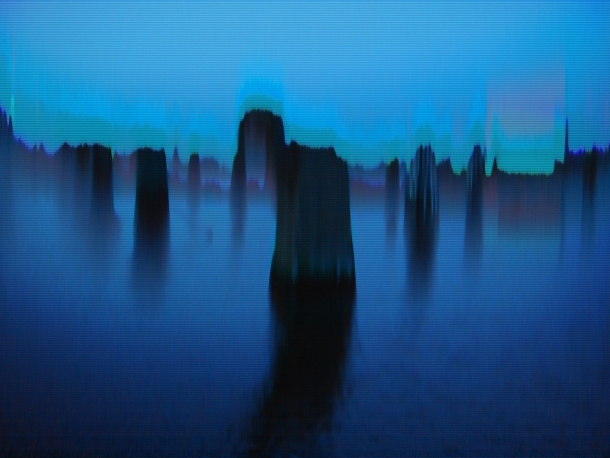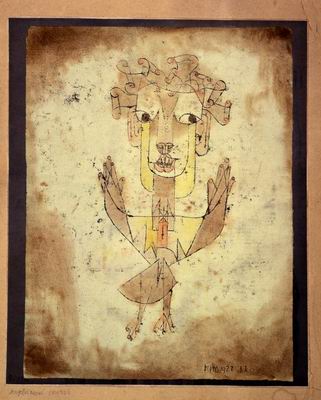Nowadays people are always connected to their phone screens, they take their friends with them in their pocket and often ignore the world around them to talk to their friends on Facebook. My idea is to change this and interact with people in the third space while being totally immersed in the first space. Randall Packer (2014) defines the third space as a representation of
The fusion of the physical (first space) and the virtual (second space) into a third space that can be inhabited by remote users simultaneously or asynchronously.
It is a blurring of the first space and second space into an other and social space. However when people interact within the third space they often forget about the first. There have even been times when I have been sitting silently in a group of people where everyone is messaging the person next to them.
Most of the time, we encounter ourselves as immediately and unreflectively immersed in the world of our concerns (Heidegger’s Aesthetics),
much like how one forgets the pen when writing they also forget the physical interface when chatting on the internet. Because of this phenomemon, the moment when the artist Defi paints over Rosa Menkman’s Collapse of PAL(2011) sparked the beginning of an idea for my project.
This performance intrigued me as it breaks the screen, the viewer’s window into the third space, and forces the viewer back into the first space. You can see how much this upsets the children as they try to stop the artist. Rather than break my experience of the third space however, I wanted to embrace it and find a way to merge both the first and third spaces.
The third space collapses space and time allowing people to exist in multiple spaces at once. In Kit Galloway and Sherrie Rabinowitz’s A Hole in Space the participants interacted with one another seemingly like passing by one another on the street despite being 3000 miles away. These people existed both in Los Angeles and New York simultaneously. Similarly in Annie Abrahams’ The Big Kiss (2007) while she exists physically alone in her house, she is joined with a partner in the third space and, through the screen, in the physical space at the gallery.
Despite already being able to exist in multiple spaces at once through the third space, I wanted to take this idea further by removing myself from the third space while still being able to interact with it, blurring the lines between the first and third spaces. To test this idea I set up a little space where I could listen to a friend on skype(third space) but only reply by drawing on the paper(first space).
This effectively turns the paper into an interface through which I can interact in the third space. The more traditional media of ink on paper is significant as it expresses emotions. When receiving a handwritten letter you can feel the emotions behind it through the way the strokes are made. I could also extend this by using my hands and body to draw/write/finger-paint on the paper which would give a more personal connection and also immerse me more in the first space through my whole body moving.
In the end I found myself resorting to text language as it was faster to write. Perhaps I could allow myself to speak during the skype call but show my emotional responses through the first space. I would use coloured paint and emoticons (referencing the way of showing emotion on social media) to show my emotions and reactions to the conversation. To enhance this effect I could also change my voice so you couldn’t hear emotion.
I hope that my work serves as a conversation to how people are investing themselves too much in the third space and that we need to find ways too immerse ourselves once again in the first space while still keeping connections in the third space.




